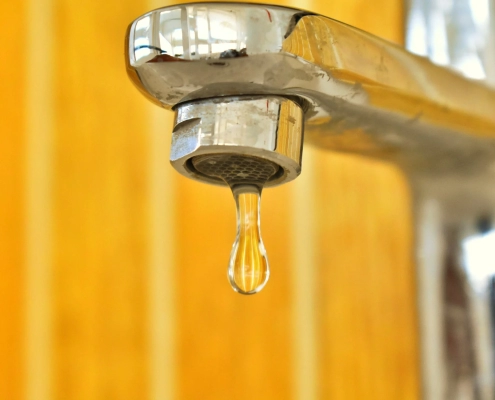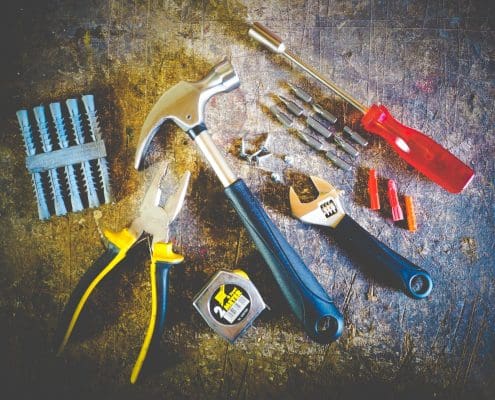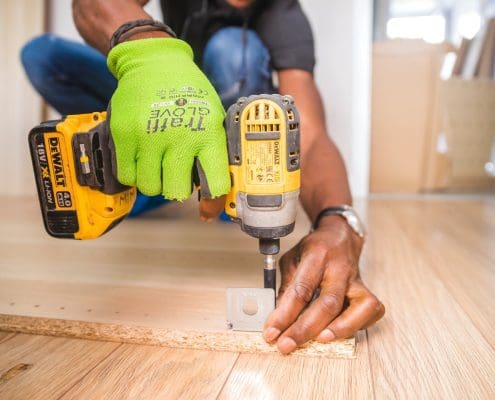
Step-By-Step Guide to Fixing a Leaky Tap
/
0 Comments
A leaky tap is more than just an annoying sound; it's a waste…

Top 10 Tools Every Handyman Should Own
Whether you're a seasoned professional or just starting on your…

Tips for Safely Using Power Tools in DIY Projects
Power tools are the backbone of many DIY projects, offering efficiency…
